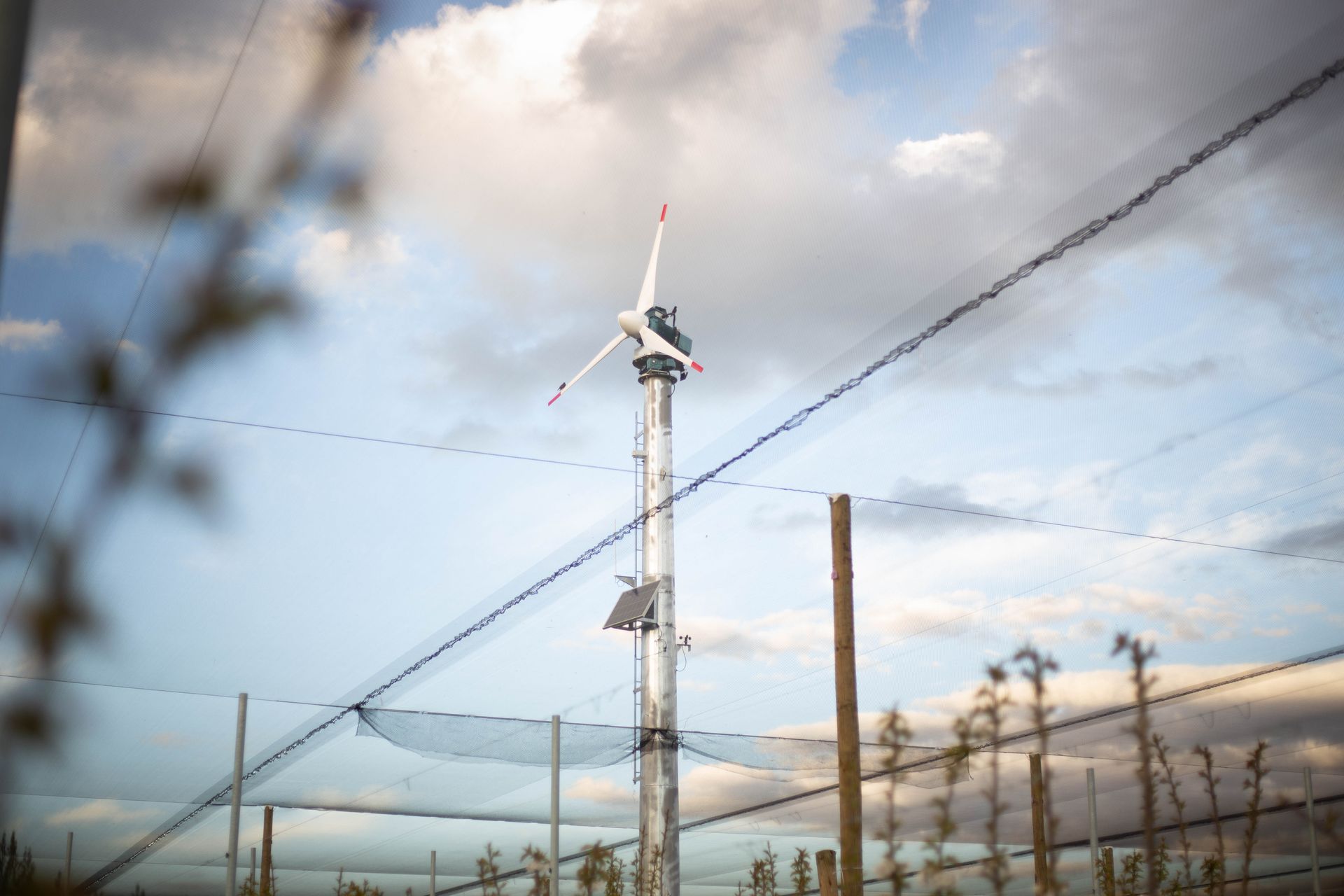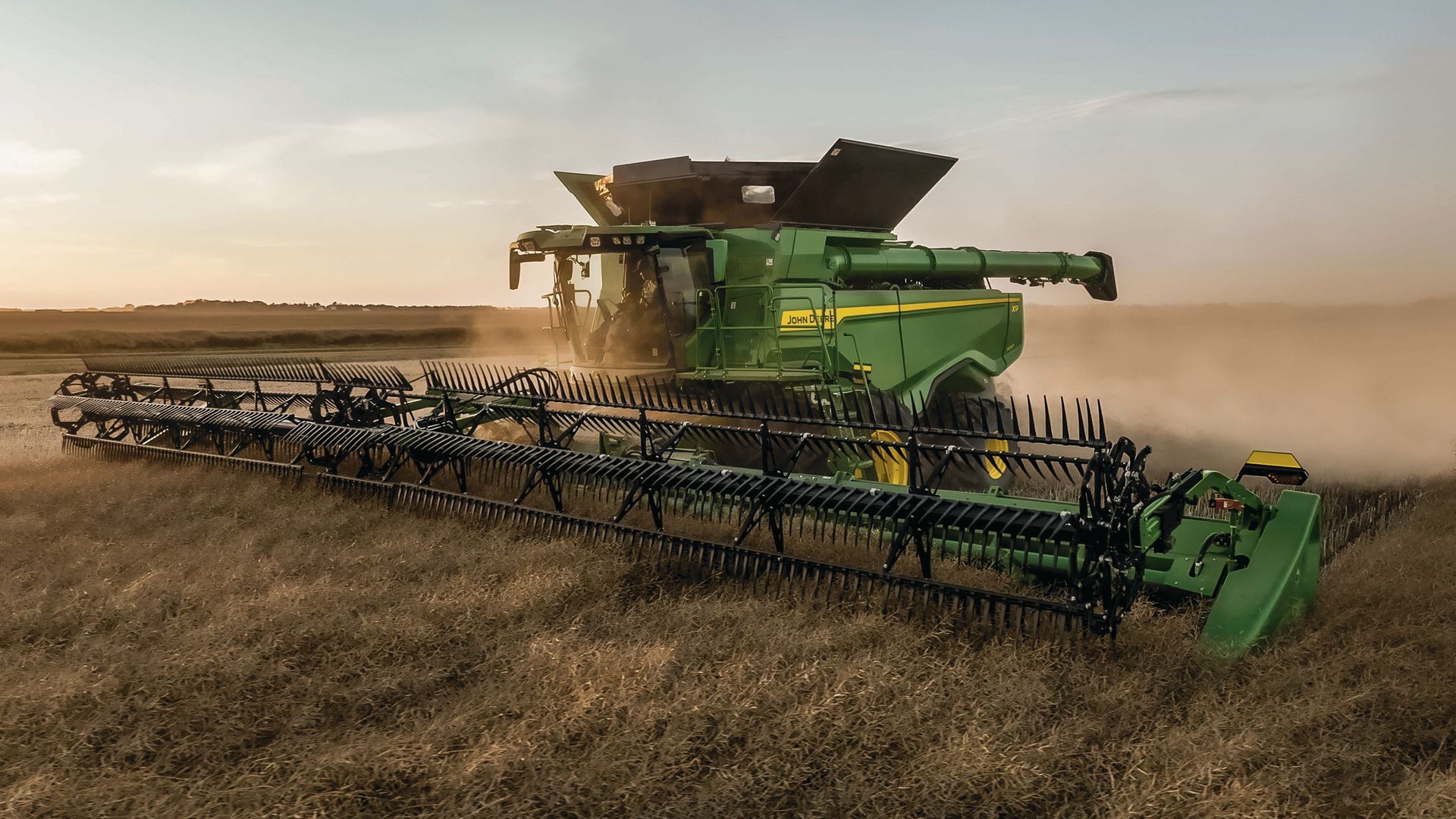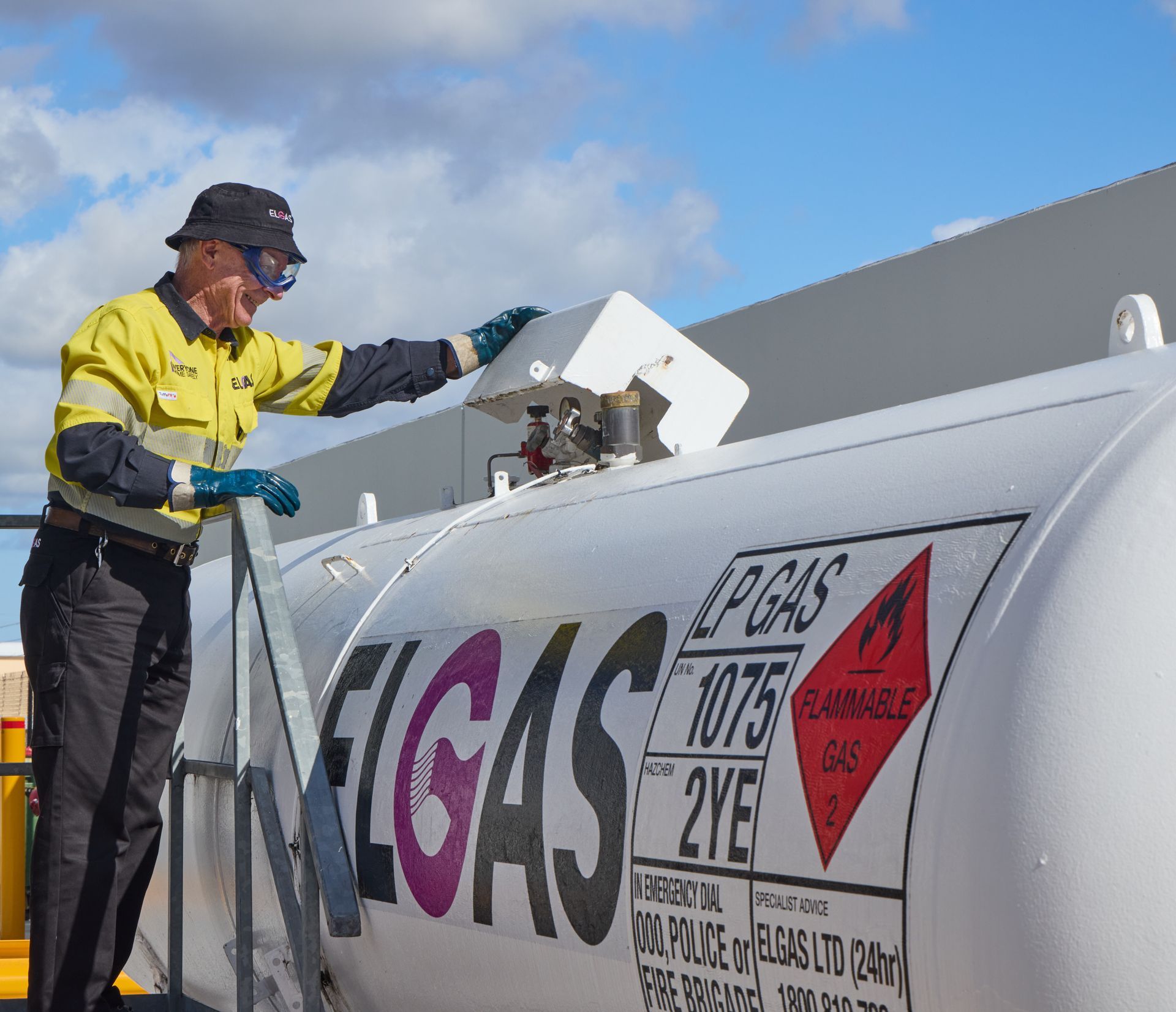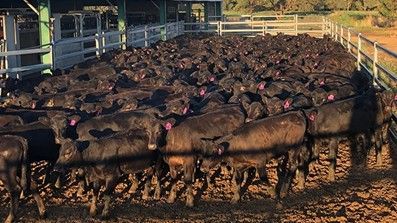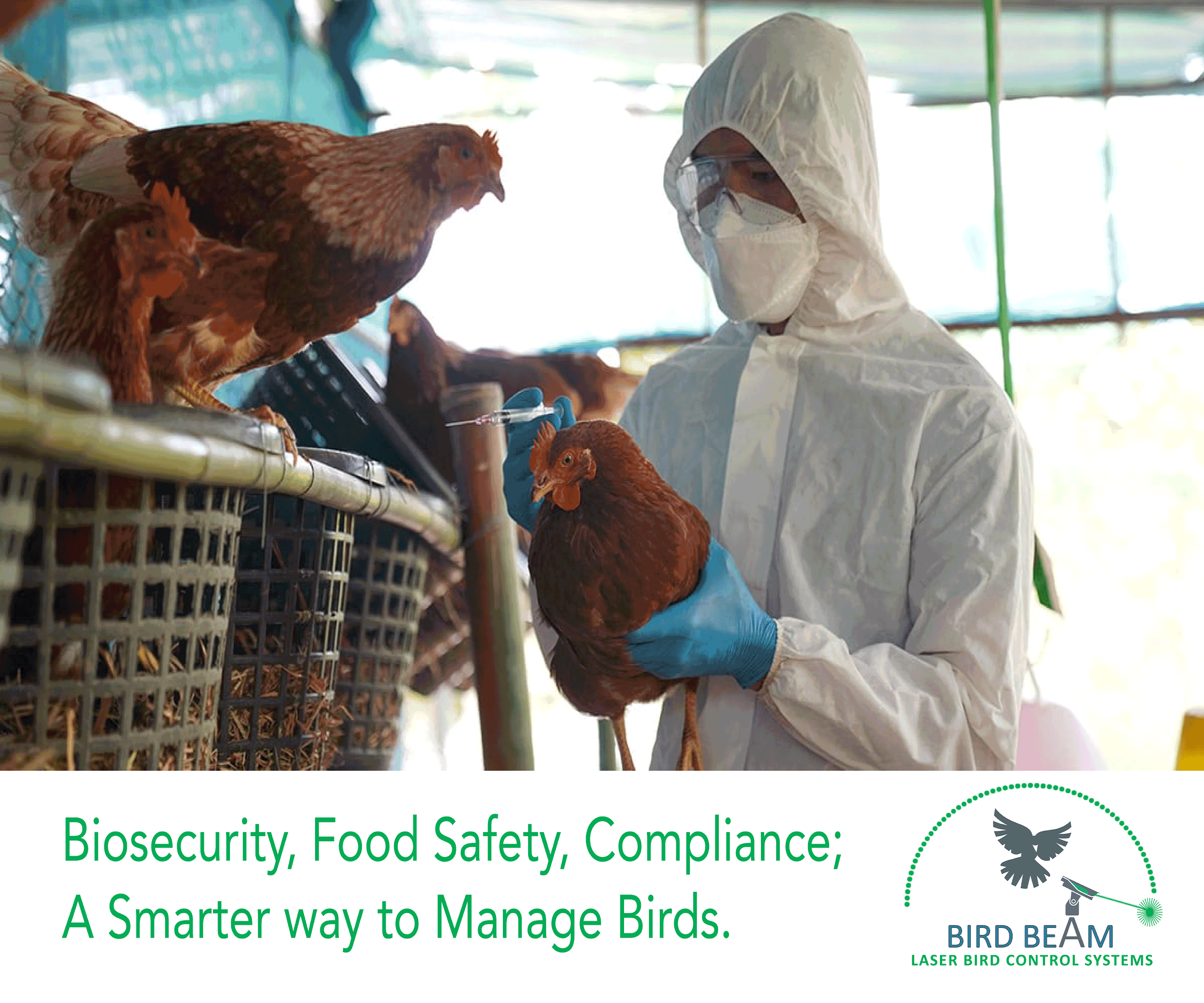1MG FlippingBooks
Farm machinery bad for soil productivity, study finds
Elizabeth Gracie
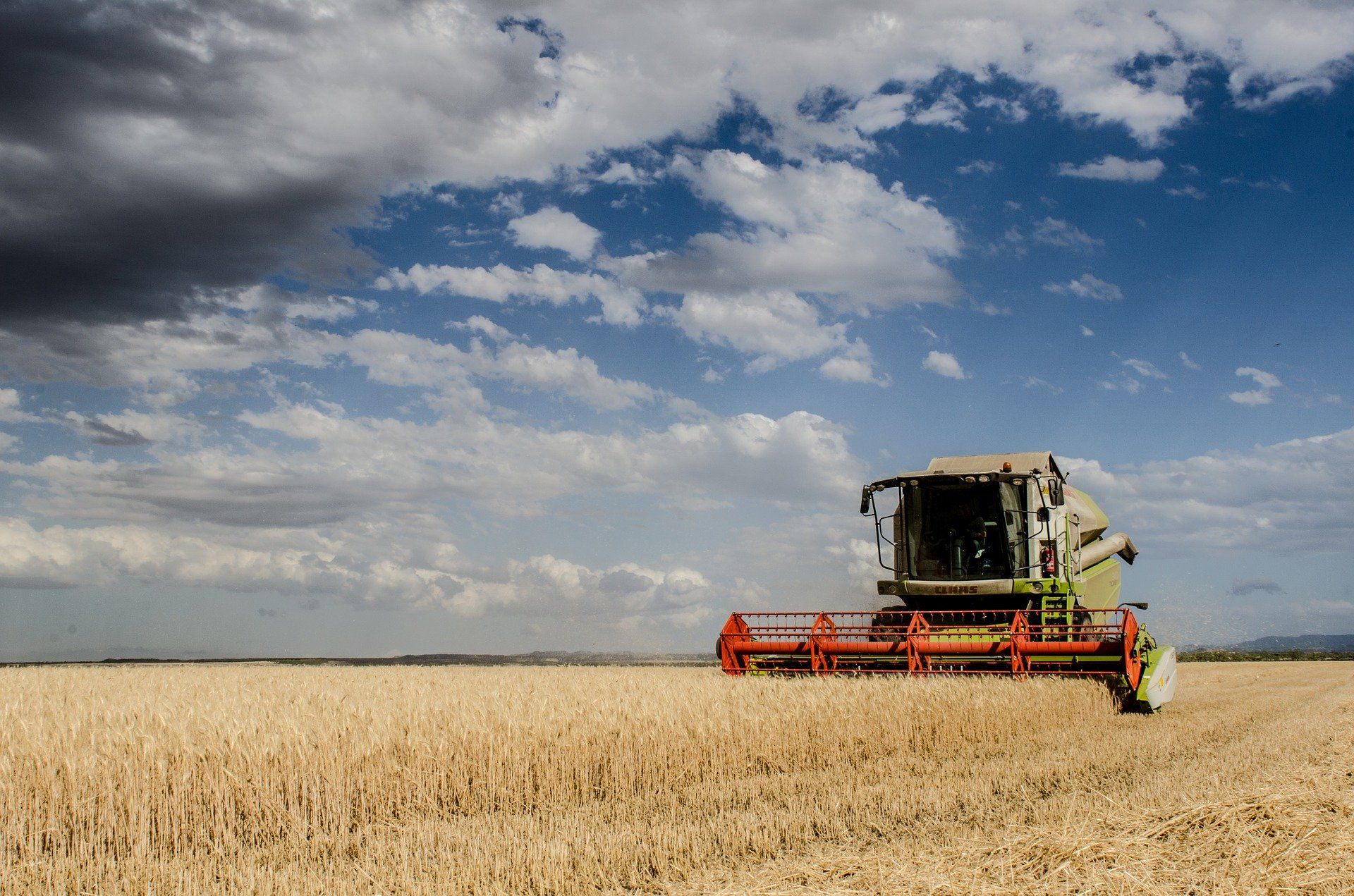
A recent study completed by The Grains Research and Development Cooperations (GRDC) has found that farm machinery can cause yield-limiting soil compaction across the Low Rainfall Zone (LRZ) of South Eastern Australia.
The five-year ‘Application of Controlled Traffic Farming in the Low Rainfall Zone’ study has highlighted that machinery traffic on farms can have a detrimental effect on soil compaction and virility to growing crops.
Most soil types in the LRZ suffer compaction as they are trafficked under wet conditions and multiple passes with heavy machinery. This has adversely impacted the microbiology and nutrient availability of the soil in the region.
The Soil CRC of Australia has said that “underperforming agricultural soils cost Australian farmers billions of dollars in lost revenue each year”.
Agriculture Victoria Land Management Development Office Rebecca Mitchell said the findings of this study were important for all LRZ farmers to know, especially if they were thinking or were already using machine technology in their farming. However she believes there is a solution.
“Controlled traffic farming (CTF) confines the wheels and tracks of all cropping equipment to 12-18% of paddock area and leaves the remaining 80% of the paddock uncompacted and in optimum condition for crop productivity,” said Mitchell.
However whilst CTF has been widely adopted across Australia, with 30% of grain farmers using this system, the LRZ in South Eastern Australia has fallen far behind.
“The LRZ of south-eastern Australia is a marked exception from the rest of the country with a much lower adoption rate of the CTF system of a mere 5%” said Mitchell.
Mitchell attributes these low figures to false perceptions about CTF technologies by farmers in the LRZ. These include fear of a high cost in moving to a CTF system, difficulties in managing wheel tracks, and that CTF technology was not compatible with other management systems.
“Initially the evidence base wasn’t there for the farmers to have the confidence to go ahead and implement this system” said Mitchell.
However, the benefits of CTF technology are now more well known and Mitchell hopes that another five years’ time will see an increase in ripping and soil amelioration practices that will drive farmers to adopt CTF to better protect their soil.
She also hopes that farming equipment manufacturers will provide more options for farmers who want to ensure new equipment lines up with their current or planned CTF system.
NEWS



